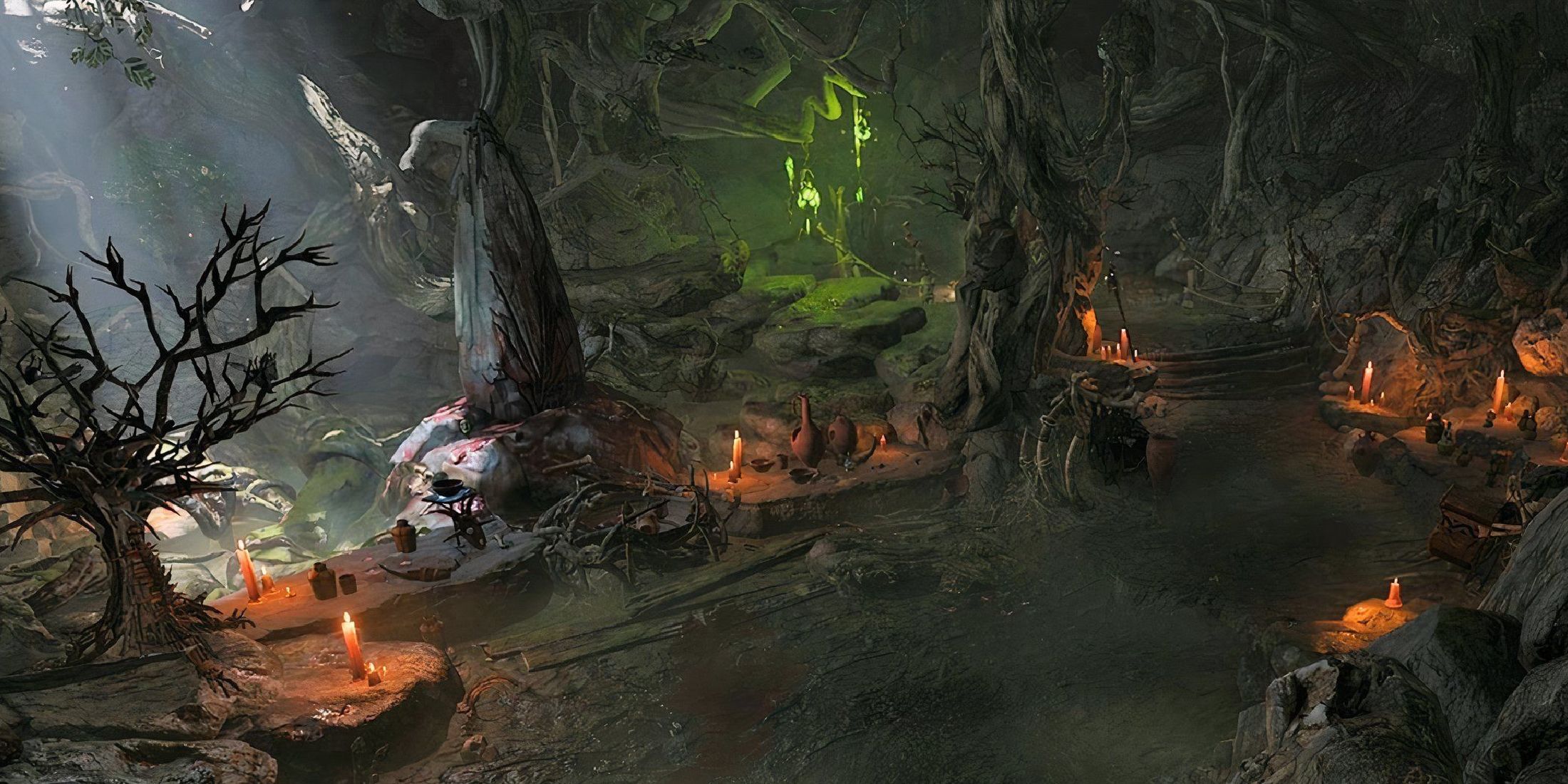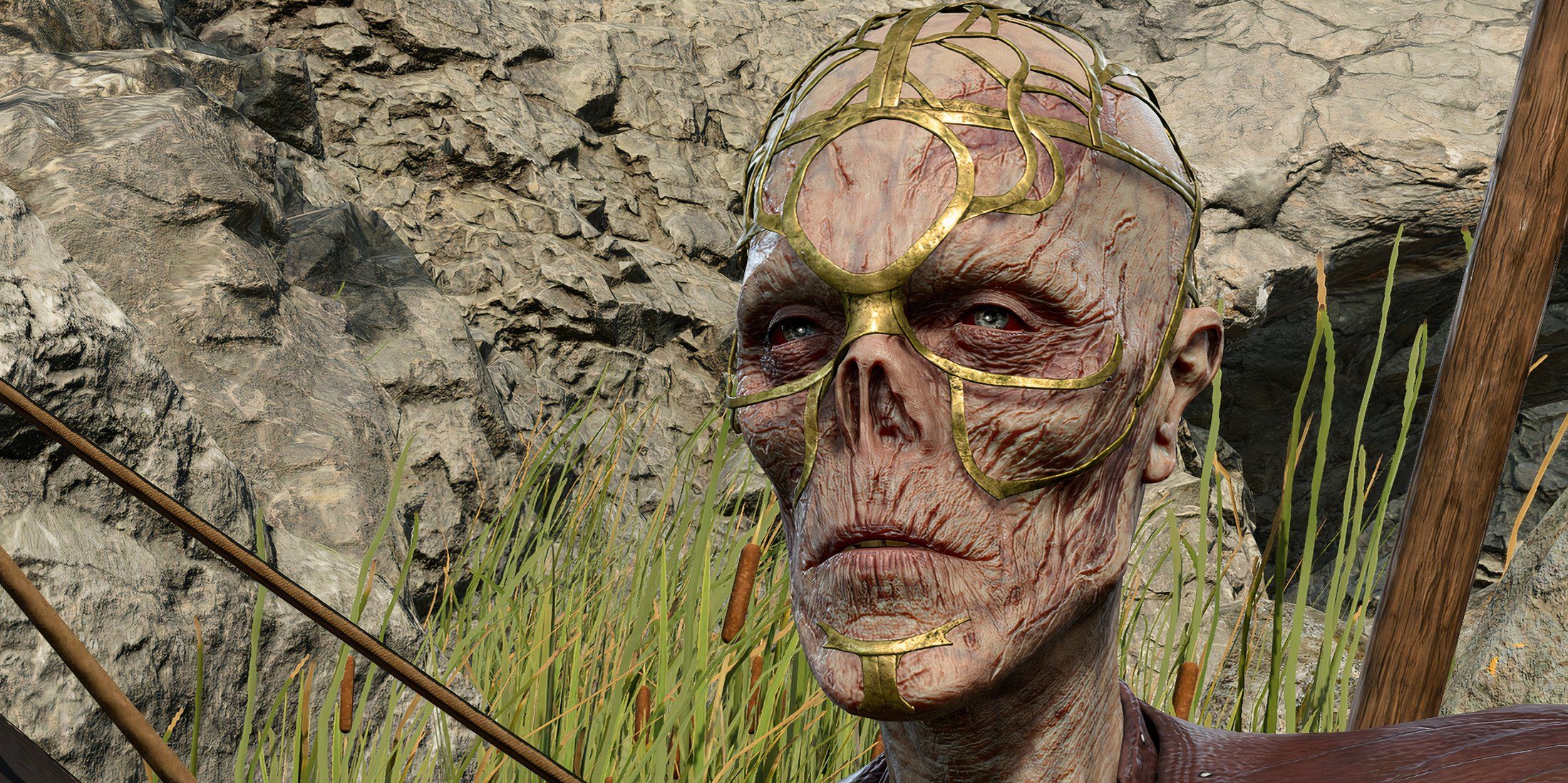Multiclassing is incredibly accessible in Baldur's Gate 3. It's not only open to every party member at any time, but it has a low bar of entry, and any combination of classes is allowed at any time. There is even an achievement, Jack-of-All-Trades, for multiclassing a character into every class. However, with twelve classes and multiple subclasses in Baldur's Gate 3, multiclassing can become overwhelming, especially when factoring in mechanics such as spell slots, spellcasting or attack modifiers, and proficiencies.
Veteran players who multiclass tend to stick to certain hard rules while multiclassing, while others are more like guidelines that make the process easier. Some experimentation with multiclassing in Baldur's Gate 3 can be great to figure out what works and what doesn't, but that does also mean a lot of scrapped builds and possibly lost time and resources. Baldur's Gate 3 also has certain mechanics that are limited to it, and not Dungeons and Dragons as a whole, so players who are accustomed to multiclassing in Dungeons and Dragons may not necessarily know all the ins-and-outs of multiclassing in Baldur's Gate 3.

Why a Baldur's Gate 3 Sequel Should Focus on the Feywild
The Feywild is one of the most chaotic settings in the Forgotten Realms and has a ton of storytelling potential for Baldur's Gate 3's successor.
Weighing The Pros and Cons of Multiclassing in Baldur's Gate 3
Understanding The Opportunity Cost of Multiclassing
Opportunity cost is what is gained and what is lost when choosing a new class. Sticking to one class for twelve levels can be valuable, as twelve levels of a class gives the player access to three feats, all available spells slots for that class, and all possible spells at the highest levels for that class. Essentially, sticking to one class in Baldur's Gate 3 guarantees the most powerful version of the class. Multiclassing means losing out on that, and the additional class chosen needs to be able to make up for it in the new abilities, spells, and any bonuses it may give. Weighing the opportunity cost before multiclassing will save a lot of time and energy.
Stick to Two Classes
Multiclassing into more than two classes in Baldur's Gate 3 will make it difficult to get to the better abilities and spells of that class. As more classes are added to a character, the opportunity cost grows higher, and the potency of the individual class is diluted. The first class chosen for a character will be the main one, which means stats for that class, such as proficiency bonus, will be applied. When multiclassing, additional classes added will not count towards their proficiency bonuses. Baldur's Gate 3 players who plan on multiclassing need to decide their first class carefully and commit to it as their main playstyle, both in and out of combat.
Finding What Classes Work Well Together in Baldur's Gate 3
Some Classes Synergize Better Than Others
Not all classes work well together, while multiclassing some classes together would be redundant. For example, a core sustained mode of the Barbarian class is Rage, but while Barbarians are enraged they cannot cast spells, making a multiclass with a spellcaster a waste. The Wizard and Sorcerer classes are very similar, but they also use different spellcasting modifiers, making their spells ineffective and the Wizard/Sorcerer multiclass largely pointless.
Bards, Paladins, and Sorcerers, however, all use Charisma as their spellcasting modifier, making them a better option to multiclass, with different variations of the Bard/Sorcerer, Paladin/Sorcerer, and Paladin/Bard combinations being popular. Multiclassing a couple of levels into Fighter is also popular thanks to their Action Surge, allowing more attacks per round in combat. This is especially effective for martial classes such as Monks, Rogues, Barbarians, and Paladins.




